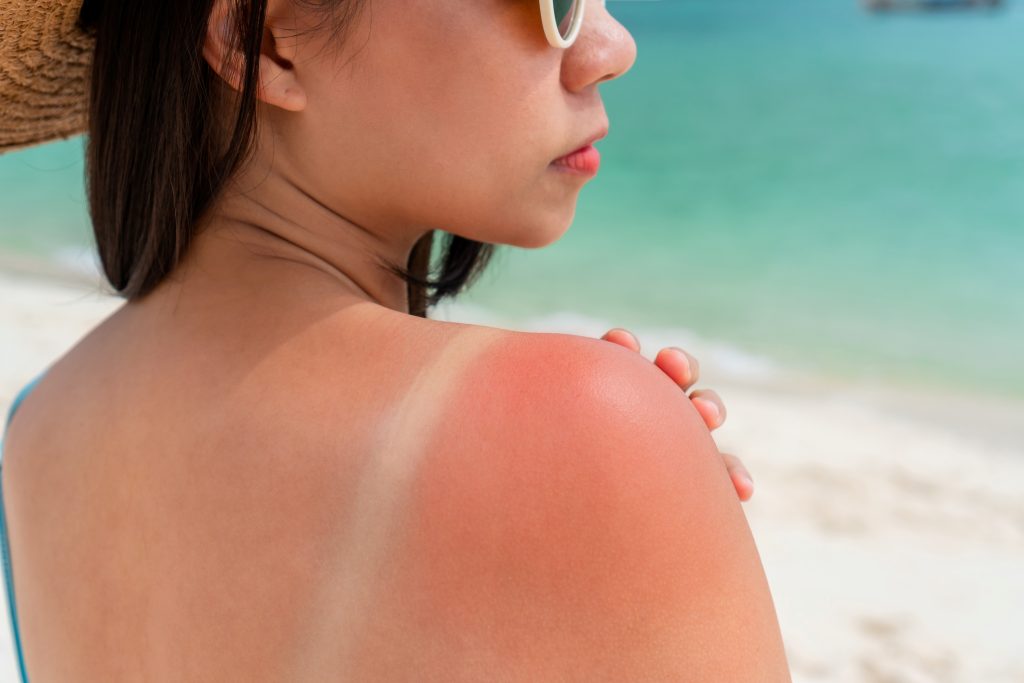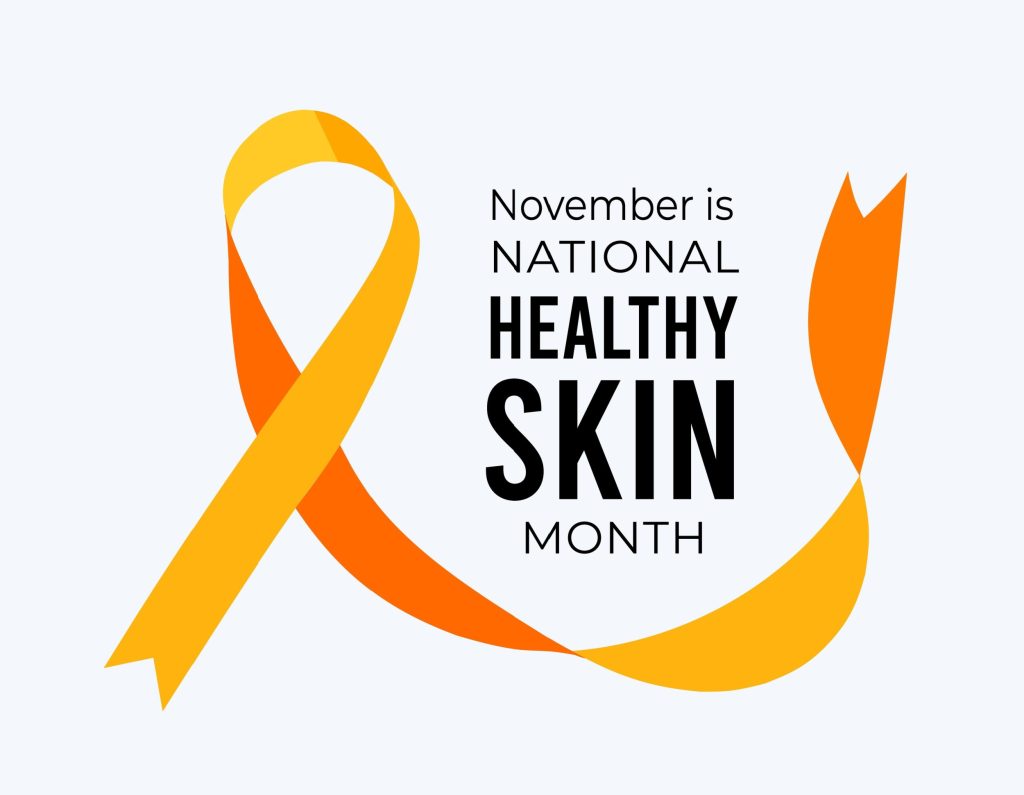
Ever come home after a day outdoors only to find yourself burned from the sun, even after wearing sunscreen? We know even when you are careful about sun protection, sometimes all it takes is one small blunder to throw a wrench in what you thought was a carefully crafted sun safety plan. To make sure you are getting the most out of your sunscreen, you’ll need to ensure that it’s working properly in the first place. In our experience, it typically boils down to one of three reasons as to why you might be getting scorched even while wearing sunscreen. Keep reading and find out why below.
Top Three Explanations for Why Your Sunscreen May Not be Working
Waiting Too Long
Any time you head outside, put on sunscreen with an SPF of 30 or higher on all exposed areas of your face and body before leaving your home. Many times, people do not put their sunscreen on until arriving at their destination. This can be a surefire way to get burned because many types of sunscreens (especially those with ingredients like avobenzone and octinoxate) need up to 20 minutes to absorb fully into the skin. If you don’t put sunscreen on before leaving your home, by the time you begin spending any time in the sun, you will have allowed UV radiation to begin its work at damaging your unprotected skin. Once you apply sunscreen for the first time, you will need to reapply every two hours, especially after sweating or swimming.
Not Using Enough
Have you ever noticed one spot on your body get more sun than another? When it comes down to it, you may not be using enough sunscreen, or may be missing important areas of your body entirely. According to the Skin Cancer Foundation, every person should use one ounce of sunscreen to cover their entire body, and a separate nickel-sized dollop for just the face. Sunscreen should be applied on every area of skin exposed to the sun, and even areas underneath clothing that have the potential to experience the sun’s rays. Don’t forget to rub it in on the following areas that are commonly missed: hands (top and palms), feet (tops and soles), back of the neck, ears, eyelids, and around your hairline. Set an alarm for every 120 minutes or less, so that you do not forget to reapply.
Expired Sunscreen
Even sunscreen has an expiration date! Many people do not realize this and end up with a burn after digging out and using old sunscreen. Active ingredients found in sunscreen have a shelf life. What that means is that after the expiration date passes, the SPF protection in the product is no longer as effective. According to the Skin Cancer Foundation, most sunscreen products last about three years before the active ingredients begin to break down and lose their potency. It is also recommended that you do not leave sunscreen in hot environments like your car, since extreme heat can also alter the effectiveness of sunblock. Sunscreen products always have an expiration date listed on the bottle. Be sure to check this, especially if it’s been a while since you last used it. If the expiration date has passed, toss it, then buy a fresh one.
Although sunscreen is one of the most important parts of keeping your skin sun safe, it’s only one part of what we like to call, “stacking sun protection.” The addition of wearing UPF clothing provides even more sun protection effectiveness. Ultraviolet Protection Factor (UPF) can be found in shirts, hats, pants, sunglasses, and even umbrellas, window film, and glass. It protects against both UVA and UVB rays when worn properly. The Skin Cancer Foundation recommends fabrics that meet a minimum of 30 UPF through their Seal of Recommendation for safe and effective sun protection.
Layering sunscreen and protective clothing will greatly decrease your chances of exposure to harmful UV rays that cause skin cancer. Additionally, if you can, seek shade especially during the hours of 10 a.m. and 4 p.m.
Besides being sun smart on a daily basis, FLDSCC recommends that you regularly perform a self-exam by checking yourself in the mirror and looking for any new, unusual, or changing areas, and reporting those to your dermatologist right away. An annual skin exam with a dermatologist can also help identify suspicious growths, moles, and other skin changes.
Let us know how we can help you continue to stay sun safe!
Contact FLDSCC for All Your Skin Care Needs
Florida Dermatology and Skin Cancer Centers provides a full spectrum of dermatology and skin care services, and its team of physicians, APRNs, and PAs are experts in diagnosing and treating skin cancers with the latest technological options. Medical Director, Dr. K. Wade Foster, is fellowship-trained in Mohs surgery, the most effective technique for most types of skin cancers, with minimal scarring or risk.
For more information about services that Florida Dermatology and Skin Cancer Centers provides, or to make an appointment for a skin exam, visit www.fldscc.com or contact us at (855) FLD-SKIN.


